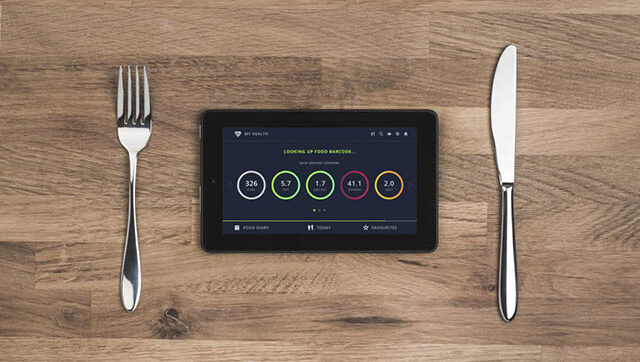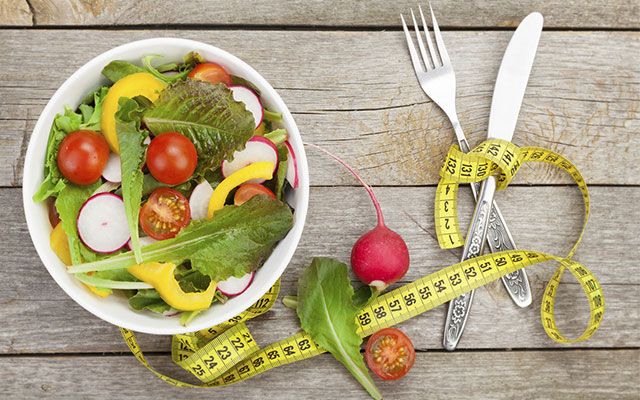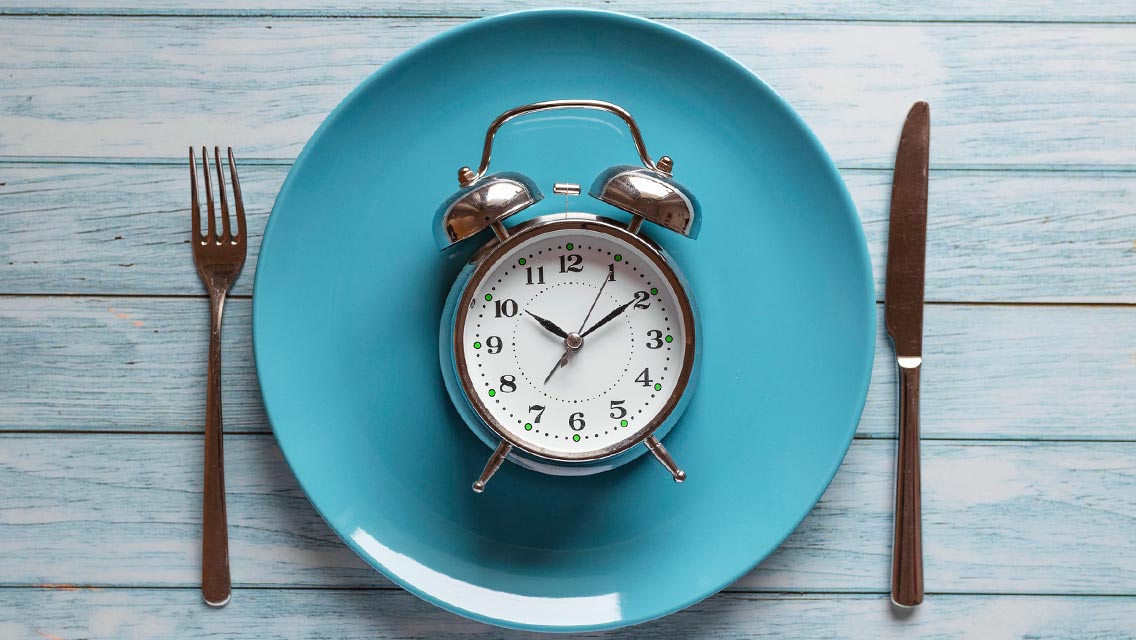That apple you ate for a snack isn’t just calories. It’s also fiber and potassium and vitamin C — crucial nutrients your body needs to survive and thrive.
But an apple is even more than that.
“It’s the specific sensation of biting into something fresh,” says Julie Brown, RD, Life Time’s program manager of nutrition and assessments. “It’s enjoying the fact that it came from your local farmers’ market, or the memories it stirs up of eating apples from a tree in your grandma’s yard as a kid.”
That’s what you stand to lose with a calorie-focused mindset: Eating can be a joyful experience, and food can connect you more fully to the land, to your community, and to yourself.
Nutrition and exercise expert Jonathan Bailor concurs. “The most important thing you can do for your eating habits is find foods that support your goals and that you enjoy eating,” he says. “It’s not that calories are irrelevant, but they’re just one thing. They’re not the thing.”
And the more you count calories, the more you might start seeing food only for those numbers. Allowing your eating choices to be ruled by that external data ultimately disconnects you from your internal data: how hungry you feel before a meal, for instance, or whether you feel more energized, sluggish, or satisfied after eating a particular food. Those internal cues are the best clues to your individual needs, and they’re a much more reliable tool for supporting healthy nutrition than a calorie count could ever be.
The Obsession Factor
For most people, calorie counting is implicitly restrictive: You track the number so you don’t exceed your daily allowance. But calories themselves are an inexact measurement.
For starters, the notion of a single standard caloric intake for us all overlooks factors that can affect your particular nutrition needs such as age, metabolic rate, activity level, and genetics. Those needs are highly individualized and likely to change daily based on sleep, stress, and physical activity.
The 2,000-calorie recommended dietary allowance (RDA) originated as part of the Food and Drug Administration’s effort to standardize “daily values” of vitamins and minerals. The goal was to help consumers see at a glance that their brand of cereal, for instance, contained a percentage of calcium or iron (nutrients that we now know can actually be more readily absorbed from whole, unprocessed foods).
The RDA is as much a marketing tool as a nutritional guideline. And those packaging labels are just approximations; they allow for a 20 percent margin of error. Popular calorie-tracking apps, which often rely on user-generated data, can be even less accurate.
“So many people take those numbers as gospel, and it can easily become an obsession,” Brown explains.’
If you exceed your daily calorie allotment, for example, you might be inclined to exercise more so you can get back “in the green.” Or, thinking you’ve overindulged, perhaps you’ll restrict calories the following day.
Eventually your body will rebel against that deprivation by boosting production of ghrelin, the hunger hormone. That may cause you to overeat, fueling the cycle of restricting and bingeing.
Bailor believes the advent of calorie-tracking apps has exacerbated our culture’s adversarial relationship with food and body image; he likens the apps to a leash that we carry around to keep ourselves in line. That’s not just unproductive, Bailor explains: It’s psychologically damaging.
“If you believe that you consciously need to strive to be in the green, your subconscious believes that you are already in the red,” he says. “That’s a shame-based mindset, and shame is more damaging than any food you could ever eat.”
The Myth of Calorie Counting
In his best-selling books The Calorie Myth and The Setpoint Diet, Bailor outlines the many reasons calorie counting isn’t effective for long-term weight loss. Key among these is set point — the weight range that your body naturally works to maintain by regulating your appetite and metabolism through a series of hormonal signals.
You can lower your set point temporarily by eating less and exercising more, but it’s not a long-term fix. “It’s a little like trying to change your body temperature by getting in and out of ice baths when you have a fever,” Bailor explains. “You’re addressing the symptom, not the cause.”
Instead, you can alter your set-point range more effectively by eating plenty of nourishing whole foods that balance your hormone levels and support your body’s natural ability to burn fat rather than store it. If you focus on whole foods, which offer satiating protein and fiber, you’ll hardly have room for the processed stuff — which often contains ingredients that lead to cravings, inflammation, and hormone imbalance. (For more on how your hormones affect weight loss, see “How Your Hormones Affect Weight Loss”.)
This is why the logic of counting calories and “eat less, exercise more” is not an effective strategy for weight-loss or maintenance: Inflammatory processed foods may technically meet your nutritional needs, but you need high-quality whole foods to regulate your metabolism and enable your body to maintain a healthy set point — naturally.
“If you’re still counting calories,” Bailor says, “you just don’t yet understand how inherently beautiful and capable your body is.”
Skip That, Do This
The calorie content of a particular food won’t tell you much about whether it’s satisfying, nutritious, or otherwise supportive of your health. Instead of living by the numbers, try some of these strategies to nourish your body.
Prioritize nutrition.
Rather than micromanaging calorie intake, focus on eating a wide variety of colorful produce and other satisfying whole foods. The rest, nutrition expert Jonathan Bailor says, will take care of itself.
“Eat nutrient-dense whole foods when you’re hungry,” he advises. “Stop when you’re full. Let your body manifest the brilliance that it did successfully for every generation that ever lived prior to calorie counting. There’s nothing more healing, natural, and empowering.”
Try addition before subtraction.
You don’t necessarily have to deprive yourself of foods you enjoy or restrict calories to eat more healthfully. Whenever Julie Brown, RD, starts working with a client, she explains, “I always look to add more before eliminating anything. I don’t want to start by taking your latte away; I want you to eat more vegetables or drink more water.” This way, your diet can be abundant, diverse, and pleasurable.
Make it mindful.
Brown suggests starting a timer when you sit down to eat: This helps track how long it takes to complete a meal. She’s found that the practice encourages more mindfulness at mealtime, which can have substantial benefits for your relationship with eating.
“Getting more in tune with fueling your body allows you to be more open to the experience of it,” she explains. You may find that being more present at mealtimes helps you savor your food more or pay closer attention to your body’s hunger and fullness cues. (For more on mindful eating, see “The Mindful Food Journal”.)
Trust your own data.
Your body is the most reliable tool for guiding what, how much, and how often you eat. Overreliance on calorie counting is not a food issue, Bailor explains: “Instead of tracking the quantity of calories you’re consuming, heal your relationship with food. Let your body take care of the rest. It’s a self-love opportunity.




This Post Has 0 Comments